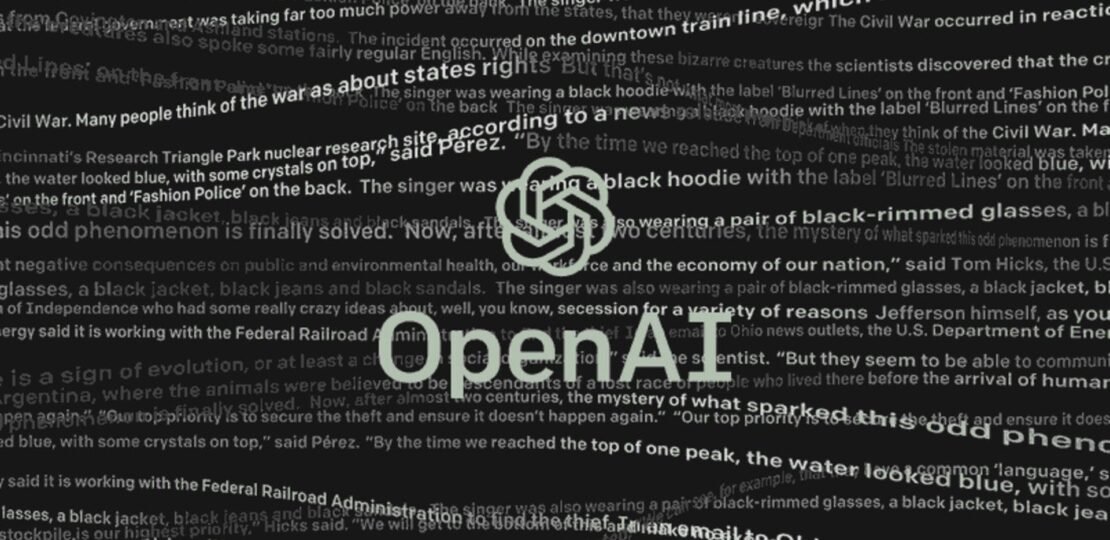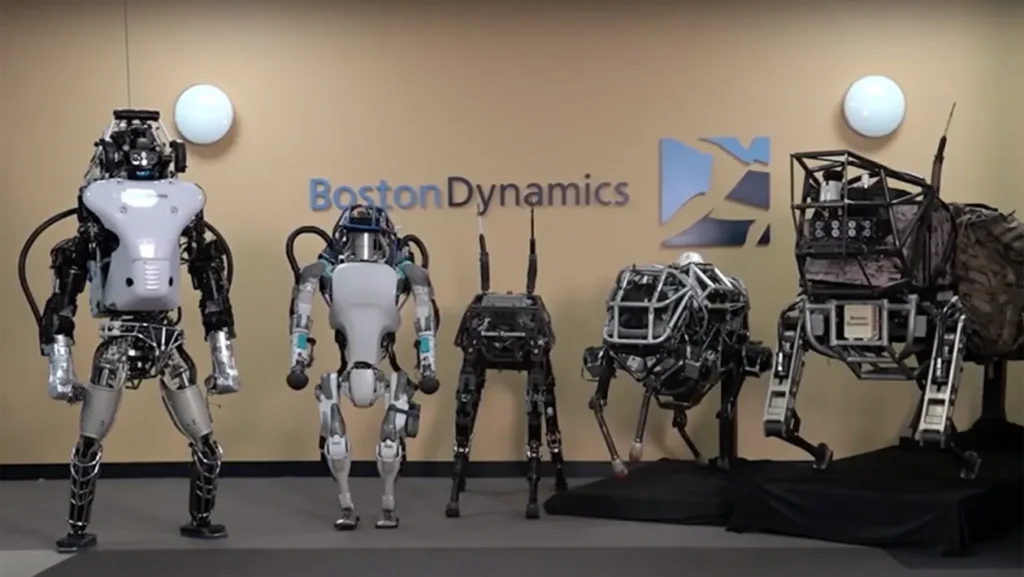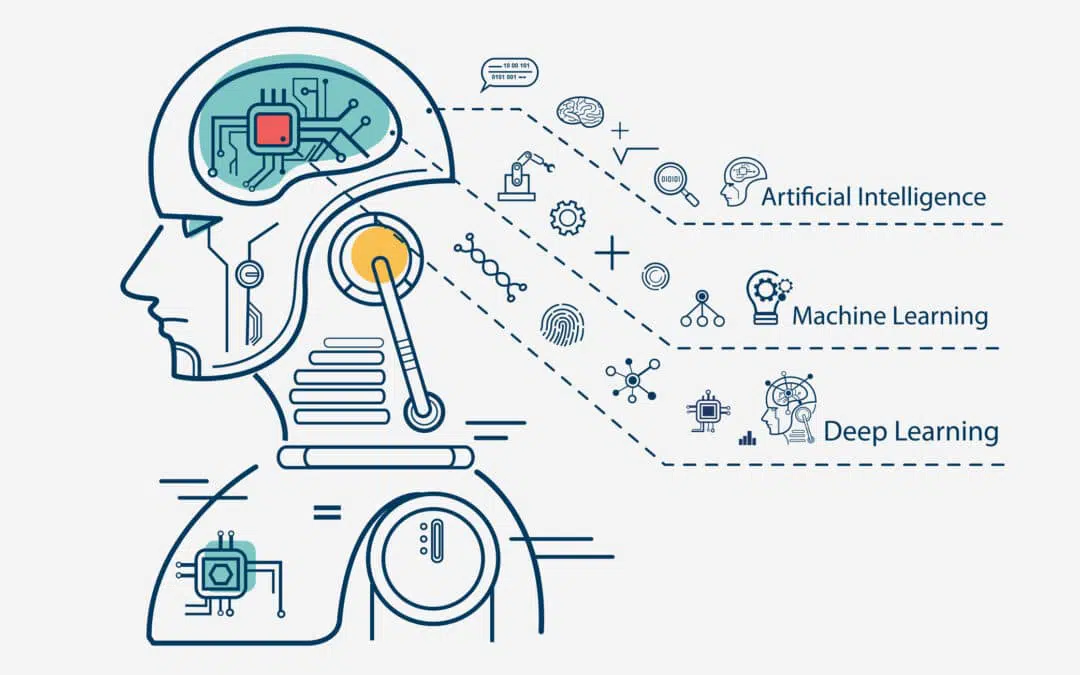The Rise of AI: What you need to know about AI and ChatGPT
January 16, 2024 | by thecyberhub.net

Introduction
Artificial Intelligence (AI) has become one of the most transformative technologies of our time. The rapid advancements in AI have made it possible to automate tasks, create new products and services, and fundamentally change the way we live and work. In this blog post, we will explore what AI is and its future, as well as introduce one of the latest and most advanced AI models, ChatGPT.
What is Artificial Intelligence (AI)?
Artificial Intelligence refers to the capability of machines to perform tasks that normally require human intelligence, such as visual perception, speech recognition, decision-making, and language translation. AI systems are designed to learn from their experiences, enabling them to make decisions and solve problems with increasing accuracy and independence.
There are three main types of AI:
- Artificial Narrow Intelligence (ANI) – This type of AI is designed to perform specific tasks, such as playing chess, translating languages, or recommending products.
- Artificial General Intelligence (AGI) – AGI refers to the ability of machines to perform any intellectual task that a human being can. This type of AI is still in the realm of science fiction.
- Artificial Super Intelligence (ASI) – ASI refers to the ability of machines to perform tasks that are beyond human capabilities. This type of AI is also science fiction.
What is OpenAI
OpenAI is a non-profit artificial intelligence research organization founded in 2015 with the goal of promoting and developing friendly AI in a way that benefits humanity as a whole. OpenAI conducts research in a variety of AI-related fields, including machine learning, computer vision, and natural language processing, and develops cutting-edge AI technologies and systems that are designed to be safe and beneficial for society. OpenAI also collaborates with other organizations and institutions to advance AI research and ensure that the development of AI benefits all of humanity. OpenAI is committed to making its research and technologies openly accessible to the public and to promoting transparency and ethical considerations in AI development.
What is ChatGPT
ChatGPT is a state-of-the-art AI language model developed by OpenAI. It is an AI system trained on a massive dataset of human language, allowing it to generate human-like responses to text inputs. ChatGPT is a variant of the Transformer architecture, which is a type of neural network that is particularly well suited for processing sequences of data, such as text.
The ChatGPT model is trained to predict the next word in a sentence, given the previous words. During training, the model is exposed to a vast amount of text data, allowing it to learn the patterns and relationships between words and sentences. This training process enables ChatGPT to generate human-like responses to text inputs, making it a powerful tool for a wide range of applications, such as chatbots, question-answering systems, and language translation.
The last 10 years have seen significant advancements in the field of artificial intelligence (AI). Here are some of the key developments in AI over the past decade:
- Deep Learning: Deep learning, a subset of machine learning, has been a driving force behind many recent AI advancements, such as image and speech recognition.
- Big Data: The massive increase in available data has allowed AI algorithms to be trained on large and diverse datasets, leading to improved accuracy and performance.
- Natural Language Processing (NLP): NLP has advanced greatly in the last decade, with the development of techniques like word embeddings and transformer models, leading to improved machine understanding of human language.
- Reinforcement Learning: Reinforcement learning has been applied to various domains, including robotics and game playing, leading to the development of AI agents that can make decisions and learn from experience.
- Automated Machine Learning (AutoML): AutoML is a growing field that aims to automate the process of building machine learning models, making AI more accessible to a wider range of users.
- Internet of Things (IoT): The rise of IoT has led to an increase in the deployment of AI algorithms in real-world applications, such as smart homes and autonomous vehicles.
Overall, the past decade has seen a rapid expansion of AI research and development, leading to a wide range of new AI applications and innovations that are transforming various industries.
The Future of Artificial Intelligence (AI)
AI is poised to play an increasingly important role in our lives in the coming years and decades. Here are some of the ways AI is expected to shape the future:
- Automation – AI will continue to automate tasks that were once performed by humans, such as data entry, customer service, and even some forms of manual labor. This will free up time for people to focus on higher-level tasks and activities.
- Healthcare – AI has the potential to revolutionize the healthcare industry by improving diagnosis accuracy, reducing medical errors, and enabling personalized medicine.
- Transportation – AI will play a critical role in the development of autonomous vehicles, making transportation safer, more efficient, and more accessible.
- Education – AI can help to improve the quality and accessibility of education by providing personalized learning experiences and enabling teachers to focus on students who need extra support.
- Finance – AI will continue to transform the finance industry, enabling more efficient and effective financial decision-making and reducing the risk of fraud.

Boston Dynamics
Boston Dynamics is a leading robotics company that uses artificial intelligence (AI) to develop highly advanced robots. The company has a strong focus on developing robots that can operate in real-world environments and perform a wide range of tasks, making AI a crucial component of its technology.
Boston Dynamics uses AI algorithms, such as machine learning and computer vision, to develop robots that are capable of performing complex tasks and adapting to changing environments. For example, the company’s humanoid robot, Atlas, uses AI to perform tasks such as walking and jumping, as well as to recognize and manipulate objects.
The company’s quadrupedal robot, Spot, uses AI to navigate a variety of terrain, including stairs and uneven surfaces, making it ideal for applications such as inspection, mapping, and surveillance. Boston Dynamics’ animal-like robots, such as BigDog, use AI to maintain balance and stability, making them capable of carrying heavy loads over rough terrain.
Boston Dynamics also uses AI to develop robots for commercial applications, such as construction, manufacturing, and logistics. The company’s robots use AI to perform tasks such as inspecting and maintaining equipment, as well as transporting goods and materials.
Boston Dynamics uses AI as a crucial component of its technology to develop highly advanced robots that are capable of performing a wide range of tasks and adapting to changing environments. The company’s focus on developing robots that are useful and practical makes it a valuable player in the field of robotics and AI.
Conclusion
AI has the potential to shape the future in profound and far-reaching ways. The rapid advancements in AI technology have made it possible to automate tasks, create new products and services, and fundamentally change the way we live and work. ChatGPT is a powerful AI language model that can be used for a wide range of applications such as customer service, chatbots, language translation, and content creation. It is capable of generating human-like responses to text inputs, making it a valuable tool for businesses and individuals alike. The potential of ChatGPT and AI as a whole is truly limitless, and it will be exciting to see how it continues to evolve and impact our lives in the future.
RELATED POSTS
View all


